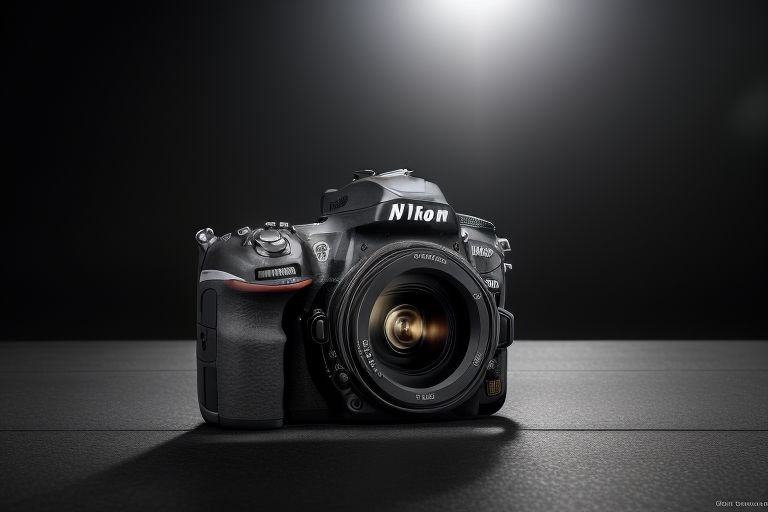As an owner of a Nikon D780, you already know that it’s a remarkable piece of photographic equipment. From its exquisite detail and color reproduction to its high resolution, it offers users an unparalleled level of performance.
Yet, like any piece of technology, the D780 isn’t without its share of occasional glitches. This article aims to help you troubleshoot and solve some common issues that may arise with your Nikon D780. So, let’s dive in and decode these problems, providing quick and easy fixes.
Nikon D780 Problems
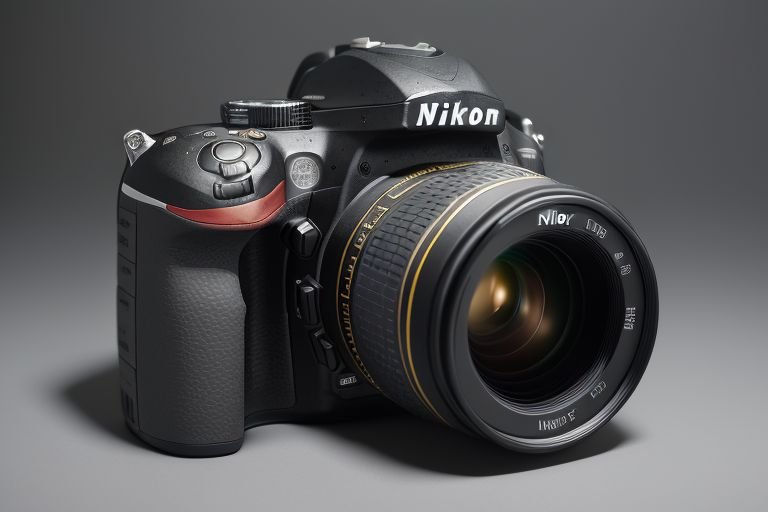
While the Nikon D780 is a powerful and robust camera, some common issues can occasionally pop up, putting a slight damper on your photography adventures. But don’t worry; we’re here to help you troubleshoot and navigate these challenges. Here are some of the most commonly reported Nikon D780 problems:
- **Battery Drainage**: This can be a prevalent issue, with users often complaining about the camera’s battery not lasting as long as expected.
- **Auto Focus Problems**: There might be instances where your D780 struggles with capturing crisp and sharp images, and it might not be due to a shaky hand or a blurry subject.
- **Overexposure and Underexposure**: Do you find that your photos are often too bright or too dark, regardless of the light conditions? This could be a case of overexposure or underexposure.
- **Noise in Low Light Conditions**: Even in low light settings, a good photograph shouldn’t resemble a static-filled, vintage TV screen. Yet, noise can sometimes sneak into your low-light photos.
- **Slow Processing Speed**: There can be occasions where your D780 seems to be lagging, not processing photos as swiftly as it usually does.
- **White Balance Errors**: If your photos are appearing too blue or orange, then you might be encountering issues with the white balance settings.
- **Firmware Update Issues**: Updating your camera’s firmware should be a simple process, but sometimes hiccups occur, causing the update to fail.
Don’t fret if you’re facing any of these issues. In the following sections, we’ll break down each of these problems and provide handy solutions to get you back on track with your Nikon D780.
Dealing with Battery Drainage Issues
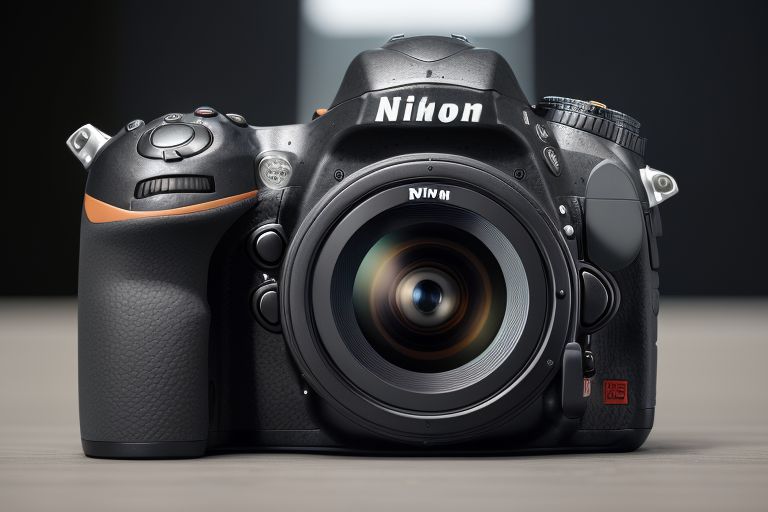
If you’re facing a battery life dilemma with your Nikon D780, worry not, we have a quick solution! One of the most prevalent issues is rapid battery drainage. Perhaps you’re out capturing the sunset, but your camera’s battery is just not keeping up with your zeal.
Here’s a way to extend its life. First off, disable features like GPS and Wi-Fi when you’re not using them, they can be pretty power-hungry.
Next, consider dimming the screen’s brightness, which can also be a major energy consumer. Live View is an excellent tool, but frequent usage can cause your battery to deplete faster.
If you’ve tried these steps and the problem still persists, it could be time for a new battery. Alternatively, it might be worth paying a visit to a Nikon service center to have a professional take a look.
Claim Upto 81% Off On Bestseller Home Decor Products
Tackling Auto Focus Problems
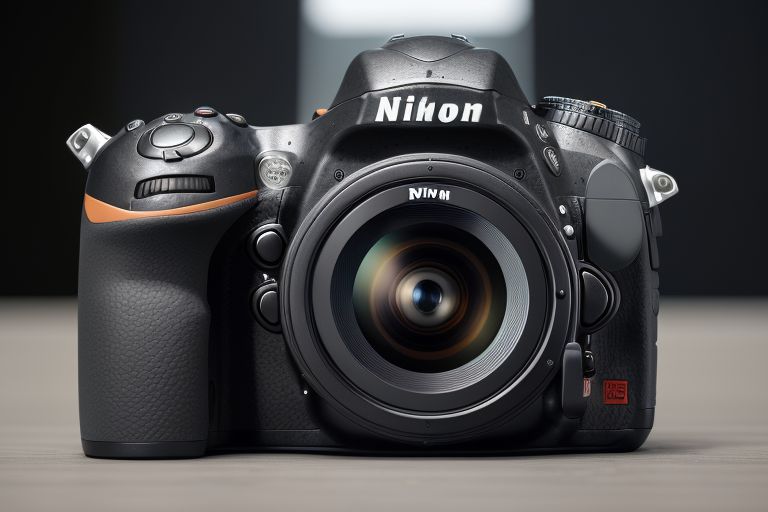
Isn’t it disheartening when your Nikon D780 struggles to capture sharp, focused images? Don’t stress out; it’s a common issue with an easy fix. When you’re confronted with this snag, your first line of defense should be to examine your autofocus settings.
You might be unwittingly shooting in manual focus mode, which could be the root of your problem. If your settings are correctly aligned to autofocus mode and you’re still not getting crisp images, you may want to give your lens a good clean.
Sometimes, a simple dust particle or smudge can obstruct your camera’s autofocus functionality. In case these solutions don’t seem to do the trick, your camera may need a professional assessment. It could potentially be an internal issue that only a professional can diagnose and rectify.
So, before you let autofocus problems put your photography on pause, give these suggestions a try. You might just find your camera back in focus and ready to capture your next masterpiece.
Handling Overexposure and Underexposure Issues
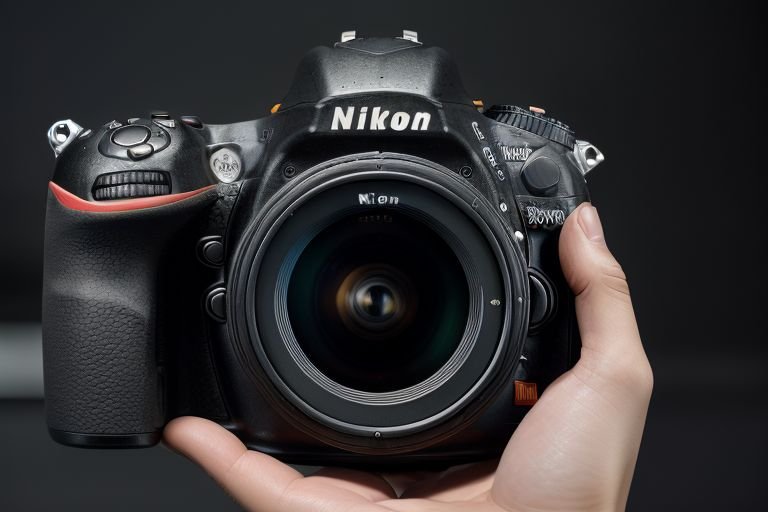
It’s undoubtedly a bummer when a potentially great photo falls victim to the woes of overexposure or underexposure. To avoid this, the first checkpoint is to ensure you are utilizing the correct shooting mode.
If you are sailing on the manual mode, take control of your shutter speed, aperture, and ISO settings and adjust them accordingly. However, if you find yourself cruising on automatic mode, try tweaking your exposure compensation to get your desired results.
Persistent overexposure or underexposure, despite these adjustments, could be a symptom of a malfunctioning light meter. In such a case, it might be time to plan a visit to your trusted Nikon service center for a check-up.
Remember, getting the right exposure is key to capturing the perfect shot, so don’t let these issues deter you from your photography journey.
Managing Noise in Low Light Conditions
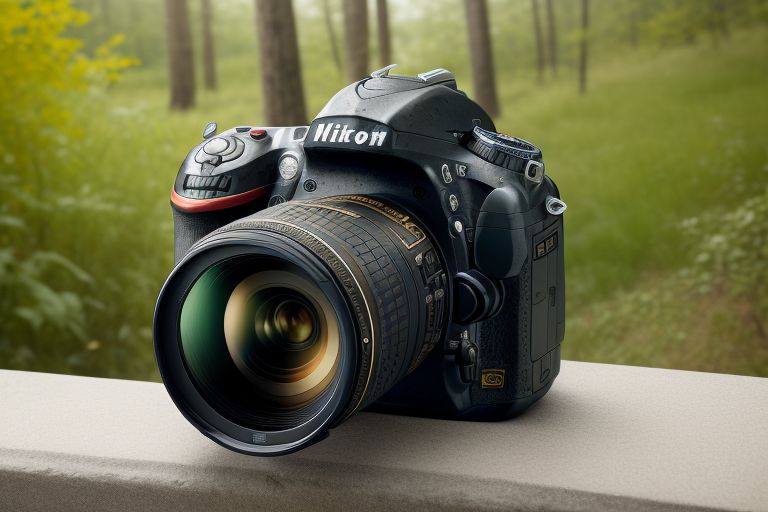
Are you finding pesky grains marring the beauty of your images, especially in low light scenarios? You’re not alone! Noise can be quite the dampener when shooting in low light conditions with your Nikon D780. However, there are a couple of practical remedies to keep this issue at bay.
A higher ISO setting might seem like the go-to solution for more light, but it’s often the culprit behind the noise. So, one simple solution could be to dial down your ISO setting. You’d be surprised at how this small tweak can reduce noise considerably.
But, we’re not stopping at that. The Nikon D780 comes equipped with an in-camera noise reduction feature. Do not hesitate to use it! Enable this setting, and you’ll notice the grains starting to fade away from your photographs.
Now, let’s talk about shooting in RAW and using post-processing software. As discussed earlier, these tools can be quite effective in your battle against noise. Shooting in RAW retains all the data from your sensor, giving you more control in post-processing.
And, tools like Lightroom or Photoshop can work wonders in reducing noise during post-processing. So, gear up and get ready to conquer noise in low light conditions with your Nikon D780.
Dealing with Slow Processing Speed
Ever felt like your Nikon D780 is dawdling, not keeping up with your quick-paced photography? No need to fret, we’ve got some solutions lined up for you.
Firstly, give your camera a small breather by turning it off and removing the battery for a couple of minutes. This might seem rudimentary, but it can help clear your camera’s cache, and you might just find your camera picking up the pace. Also, it could be that your memory card is slowing things down.
Consider giving it a clean sweep by formatting it. Just ensure you have backed up your cherished captures before you go ahead with it. This quick and simple step can often result in a noticeable boost in your camera’s processing speed.
Despite trying out these fixes, if your Nikon D780 is still acting sluggish, it might be time to rope in a professional. It could be a deeper technical issue that needs expert intervention. So, go ahead and give these remedies a shot, you might just bring your Nikon D780 back up to speed in no time.
Fixing White Balance Errors
So you’re struggling with the dreaded white balance issue that’s turning your photos blue or orange? Don’t fret, there’s a simple solution to this common problem on your Nikon D780.
You might not be aware, but your camera is packed with an array of white balance presets to combat such challenges. You can switch between auto, daylight, shade, cloudy and several others depending on the light condition you’re shooting in.
These presets are designed to rectify any discolorations caused by different types of light. And hey, if you’re not quite satisfied with these presets, there’s another trick up your sleeve – shooting in RAW format.
You see, when you shoot in RAW, you capture all the data from the sensor, leaving you with greater flexibility in post-processing. You can easily tweak the white balance in post-processing software to get your photos looking just right. So, go ahead, play around with these settings and don’t let white balance errors cast a shadow over your stunning photographs.
Solving Firmware Update Issues
Encountering issues when trying to update your Nikon D780’s firmware? Let’s not let that be a stumbling block. A critical first step is ensuring that your battery is fully juiced up before initiating the update process. A low battery can interrupt the process and cause a failed update.
Hit a snag? No worries! Give resetting your camera to its default settings a whirl and try updating the firmware again. This often clears up any software hitches that may be causing the update to go awry. Remember, patience is key. Let the camera do its thing and avoid any interruptions that might cause the update to fail.
But if Murphy’s Law decides to step in and all else seems to be failing, don’t despair. Reach out to Nikon’s customer service for help. They’re your allies in this firmware updating journey, ready to assist and guide you to get your Nikon D780 back up to speed.
Don’t let a firmware update glitch discourage you from using this fabulous piece of equipment. With a little troubleshooting and a dash of patience, you’ll have your camera running smoothly with the latest updates in no time. Happy shooting!

